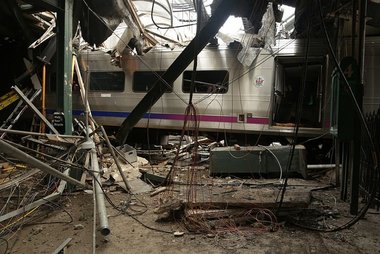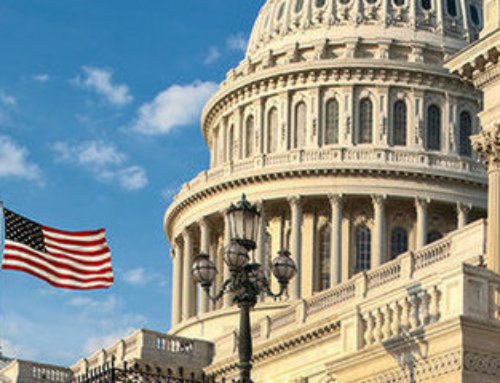On Feb. 2 the National Transportation Safety Board (NTSB) announced that severe, untreated sleep apnea led to two high-profile train crashes in New Jersey and New York in September 2016 and January 2017. Both train wrecks took place on commuter trains operated by obese drivers with high risk factors for sleep apnea. Both trains ran into “end-of-track bumping posts” causing them to crash into their stations. Combined, the crashes killed one and injured over 200 passengers.
The NTSB found that the rail systems involved—NJ Transit and the Long Island Rail Road (LIRR)— did not follow their sleep testing guidelines or, in the case of LIRR, did not have a policy in place at the time of the crash.
NTSB Chairman Robert L. Sumwalt acknowledged the pressing need to protect passengers from the disastrous effects of operator fatigue—most commonly referred to as drowsy driving. Said Sumwalt, “The traveling public deserves alert operators. That is not too much to ask.”
The NTSB has recommended that operators in “safety-sensitive” positions be screened for sleep apnea; however, due to precedent, it is unclear if federal regulators will heed the Board’s warnings. This past August, the Federal Motor Carrier Safety Administration (FMCSA) and Federal Railroad Administration (FRA) announced that they would not issue a notice of proposed rulemaking to address sleep apnea.
For a further discussion on the nation’s drowsy driving epidemic and its ramifications on transportation safety, please contact AASM advocacy staff by phone at (630) 737-9700 or by email at policy@aasm.org.




